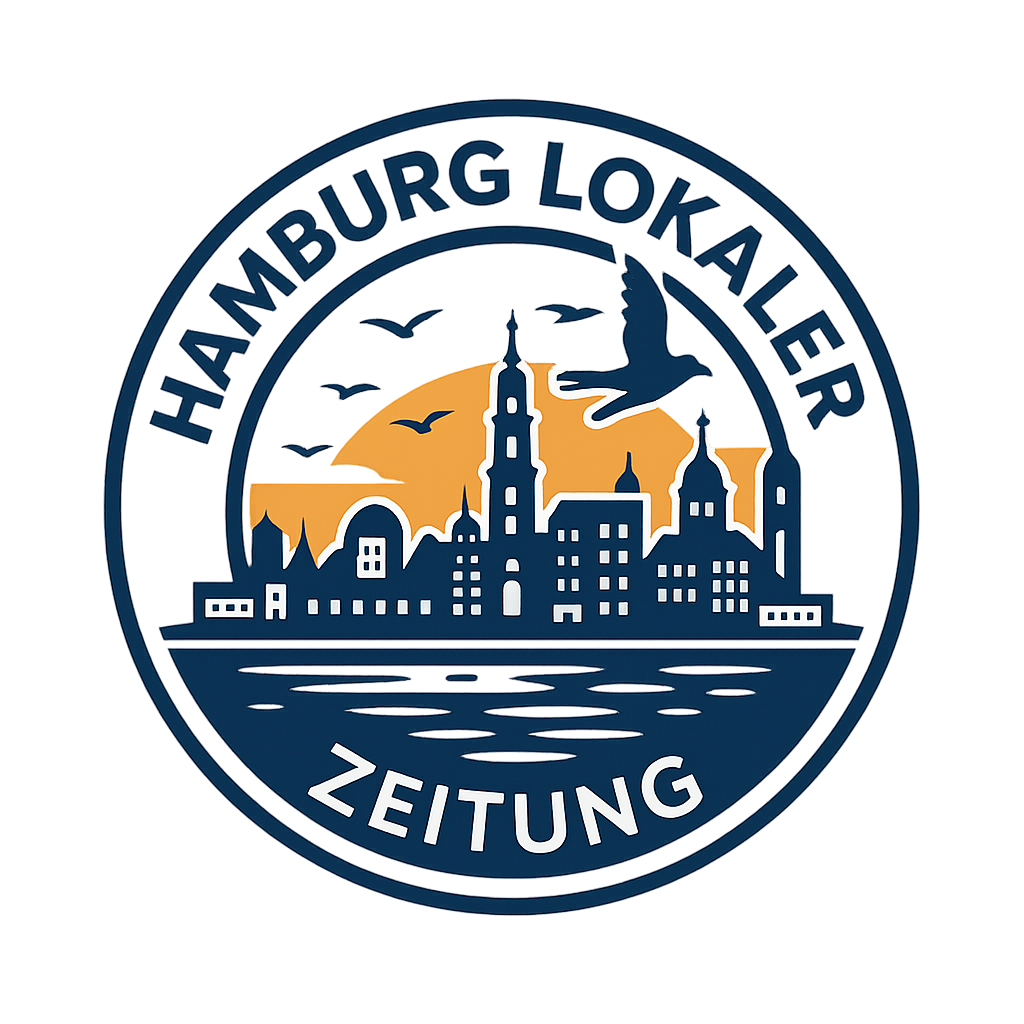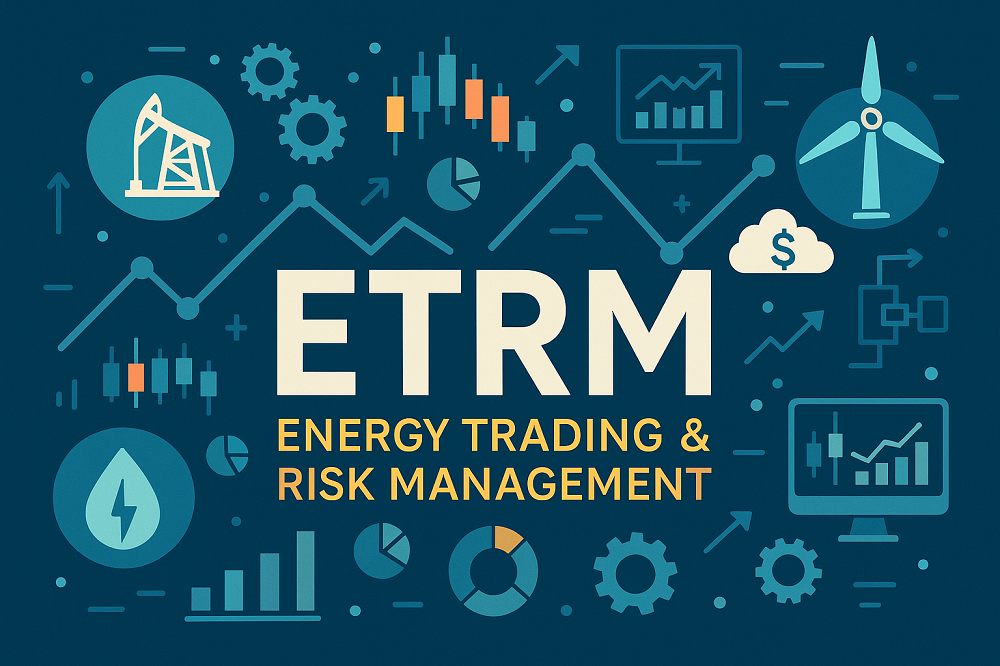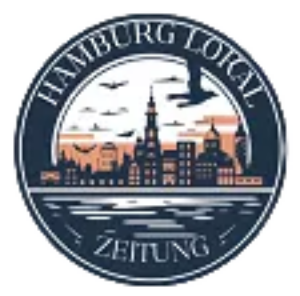Mastering Endur: A Guide to Energy Trading & Risk Management
Understanding today’s energy markets means grappling with volatility, complex regulations, and technological innovation. Energy Trading and Risk Management (ETRM) systems have become indispensable tools for companies navigating this landscape. One leading ETRM platform is Openlink Endur (now part of the ION Commodities family). Endur unifies front-, middle- and back-office functions for trading physical and financial energy commodities. To unlock Endur’s full potential, dedicated training is essential. Well-structured Endur training programs—ranging from basic to advanced levels—teach professionals how to capture trades, analyze risks, handle settlements, and customize the system for their business.

What is ETRM?
The term Energy Trading and Risk Management refers to software that helps energy companies manage and execute commodity trades while monitoring risk exposures. In essence, an ETRM system provides a “holistic window” into a firm’s trading operations. It spans trade capture, risk modeling, position management, credit limits, and regulatory reporting. Given market drivers like geopolitical events and renewables integration, ETRM tools deliver real-time visibility into positions and exposures. For example, industry analysts note that ETRM platforms consolidate physical and financial views of positions and P&L on one system, making it easier to uncover opportunities and reduce risk. In practical terms, a strong ETRM supports trade entry, risk analytics (value-at-risk, stress tests), compliance workflows, and seamless integration with accounting or data systems.
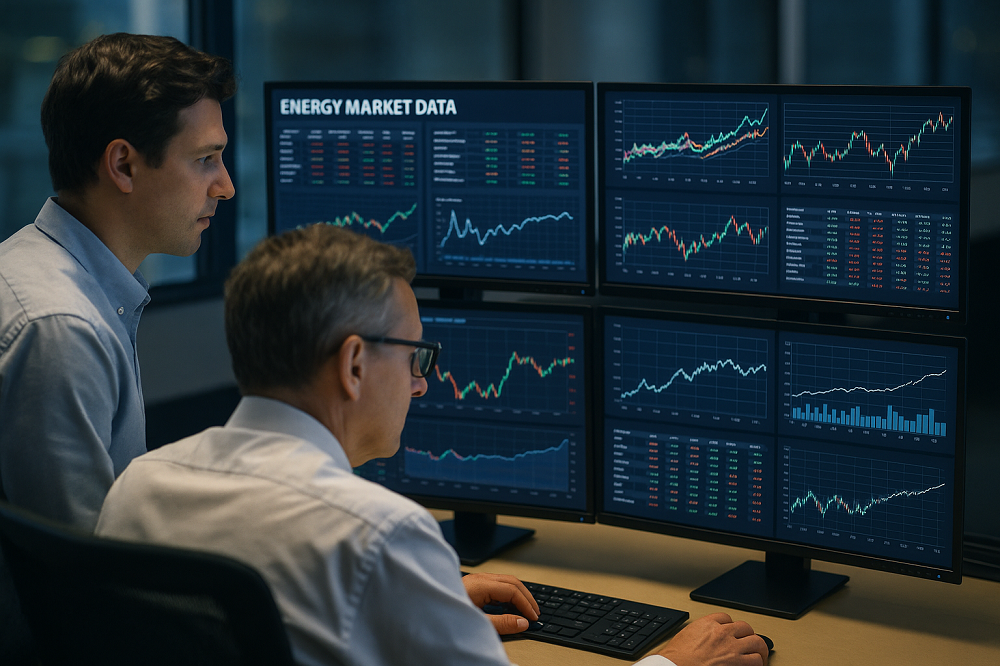
Core ETRM capabilities typically include: trade capture, portfolio tracking, real-time position limits, credit and market-risk calculations, and automated regulatory reporting. For example, ETRM software can automatically ingest price curves and trade details (reducing manual errors). It provides sophisticated tools for risk analysis – from Value-at-Risk (VaR) models to counterparty credit monitoring. The system’s dashboards give a “single source of truth” across all traded commodities, ensuring teams see the same data. In volatile energy markets, this reliability and automation are crucial: they let traders and risk managers make fast, informed decisions on hedging strategies, compliance, and capital use.
Why Endur? A Leading ETRM Platform
Openlink Endur is one of the industry’s flagship ETRM solutions. It has long served major energy producers, utilities, trading houses, and financial institutions globally. Endur is designed to handle a broad commodity mix (power, gas, oil, NGL, emissions, renewables, etc.) and both physical and financial contracts. In fact, Endur (along with its sibling RightAngle) has repeatedly been voted the best overall trading/risk platform in industry surveys. For over a decade, it has topped Energy Risk magazine’s software rankings in the “Best Overall CTRM/ETRM Platform” category. This reflects Endur’s mature feature set and deep adoption. Leading companies, from global oil majors to utilities, rely on Endur for straight-through processing across trading operations. As one ION press release notes, Endur and RightAngle enable clients to manage a “broader variety of physical and financial assets” on a single platform, helping them make strategic decisions in real time.
Major industry firms have doubled down on Endur. For example, one energy giant recently migrated projects onto Endur for its flexibility and market reach. Consultants emphasize that once a firm adopts Endur, replacing it is costly and difficult – creating a “sticky” installed base. This entrenched use means thousands of companies use Endur daily for risk and operations. ION’s commodity division notes that over 1,200 clients worldwide rely on its trading and risk solutions to automate processes and make data-driven decisions. In short, Endur is a market-leader for enterprise ETRM, especially suited to complex, large-scale trading environments.
Growth of ETRM Market
The importance of ETRM is underscored by rapid market growth. One analysis projects that the global ETRM software market will expand from about $37 billion in 2024 to $57 billion by 2032. This growth (CAGR ~5.5%) is driven by rising energy trade volumes and new markets (e.g. renewables, carbon credits). As one market research group explains, the energy sector’s volatility and regulatory demands make advanced ETRM solutions indispensable. ETRM tools give firms realtime oversight of exposures from upstream to downstream operations. They automate compliance and reporting (e.g. for Dodd-Frank or REMIT), saving time and reducing errors. In this climate, training on a robust ETRM like Endur offers a strategic advantage: companies invest in the technology, and professionals trained on it help them extract maximum value.
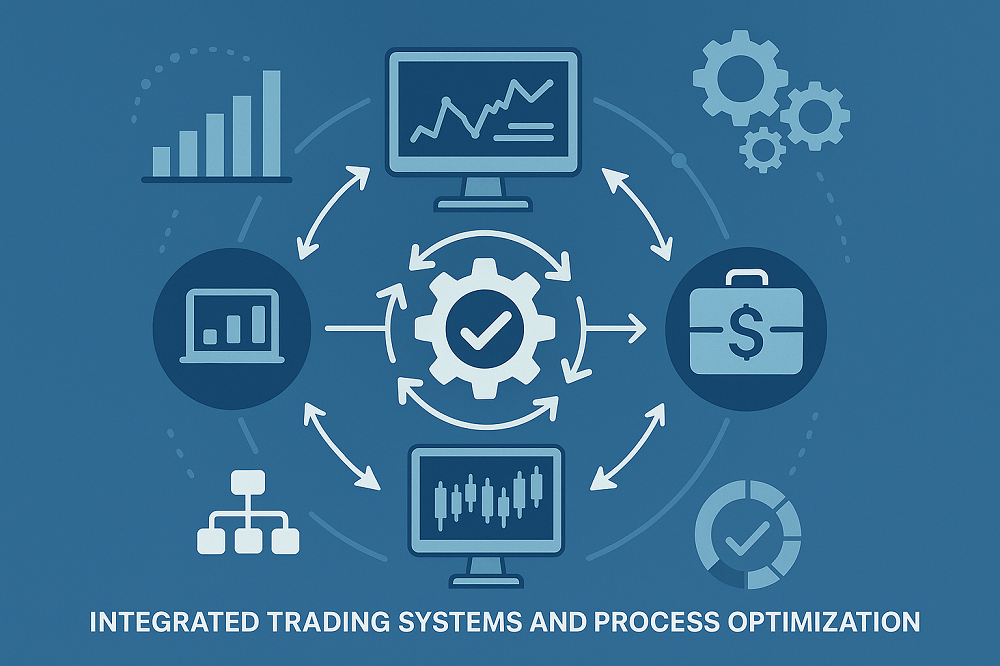
Given these stakes, training in Endur becomes highly valuable. Several providers (including Maxmunus, among others) offer customizable Endur training spanning basic to advanced topics. For example, a typical Endur course might begin with ETRM fundamentals and Endur navigation, then cover advanced modules such as trade entry, risk analytics, settlements, and reporting. In practice, this means live instructor-led sessions (online or onsite), practical case studies, and hands-on exercises using Endur. Importantly, training can be tailored: corporate teams may focus on specific workflows (like gas trading or power plant scheduling), while individual learners cover the full spectrum at their own pace. The end goal is that participants “gain in-depth knowledge of Endur’s functionalities,” from capturing deals to generating compliance reports.
Typical Training Modules
A well-rounded Endur curriculum often includes modules such as:
- ETRM & Endur Fundamentals: Overview of energy markets, ETRM concepts, and Endur’s architecture.
- System Navigation: Endur interface, user roles, trade capture screens, and basic data structures.
- Trade Capture & Deal Entry: Entering physical/financial deals (power, gas, oil, renewables), using templates, and pricing basics.
- Risk Management: Calculating exposures, value-at-risk (VaR), stress testing, and hedging workflows.
- Settlements & Accounting: Processing invoices, settling trades, accounting entries, and audit trails.
- Reporting & Analytics: Building and customizing reports, dashboards (via Endur’s Java View Services), and extracting data for P&L analysis.
- System Configuration: Setting up trade workflows, credit limits, and integrating Endur with other systems (ERP, market data, risk tools).
- Best Practices & Optimization: Performance tuning, troubleshooting, and industry case studies.
Each module builds on the last, creating a comprehensive skill set. Instructors often use real-world examples (like trading cases in power or LNG) so learners grasp how Endur handles the full deal lifecycle. The training is evergreen in that the core principles (data management, risk control, process automation) remain relevant even as markets evolve.
Benefits of Endur Training
For companies: A trained team maximizes Endur’s ROI. Experienced users can automate back-office workflows, greatly reducing manual processing time. For instance, Endur’s straight-through processing capabilities mean a captured trade automatically flows to settlement and accounting – trained staff ensure these links are correctly configured and troubleshot. According to industry sources, Endur “reduces time spent on back-office processing” and provides “a single source of truth,” enhancing position visibility. This leads to faster settlement cycles, fewer reconciliation errors, and better intraday decision-making. In a volatile market, the ability to instantly see P&L impacts helps firms respond swiftly to opportunities.
For professionals: Mastery of Endur is a career accelerator. Analysts and recruiters note a chronic shortage of skilled Endur consultants, driving up demand (and pay). One recruitment survey found that Endur experts command up to 20% higher salaries than practitioners of other ETRM systems. The reason is simple: many energy firms have deeply invested in Endur, and replacing it is prohibitively expensive. As a result, companies preserve their Endur workforce and actively seek new talent to expand or modernize their implementations. Beyond salaries, Endur-trained professionals often have strong job stability: with a large installed base, Endur projects continue for years, and firms regularly upgrade or extend their systems. In short, Endur skills have enduring value in the energy trading job market.
Key Benefits Summary
- Operational Efficiency: Endur training teaches automation of front-to-back processes, slashing manual workloads.
- Improved Visibility: Learners can set up real-time dashboards and reports, ensuring clear insight into positions and risk.
- Strategic Decision Support: With a certified Endur expert on board, organizations make faster, data-driven choices based on up-to-date risk metrics.
- Career Advancement: Professionals gain a “specialized skill set” that employers prize. Endur training often translates into premium certifications and career mobility.
- Business Agility: Companies can expand into new commodity markets more easily, leveraging Endur’s flexibility – a benefit maximized by well-trained staff.
Customizing Training Programs
Training should align with specific needs. For individual learners, online Endur courses (often live-led) provide flexible scheduling, self-paced modules, and interactive labs. Many programs offer hands-on practice with a sample Endur environment so students can experiment with real transactions. For corporate teams, on-site classroom sessions may be arranged, with content tailored to the company’s market (e.g., power markets vs. LNG). Some providers even develop company-specific case studies. The core message is that Endur training can be fully customized: topics, depth, and delivery style adapt to the audience. This ensures relevant skills – whether one needs a broad overview or deep dives into particular features.
Evergreen Value and Future Trends
Though technology evolves, foundational Endur training remains evergreen. The business logic of trading and risk – capturing deals, managing exposures, performing valuations – does not change rapidly. New market developments (like batteries or emissions trading) are often added to Endur, but they build on the same architecture. Thus, well-trained users can quickly apply their knowledge to new contexts. Looking ahead, Endur is integrating more with cloud services and advanced analytics; training keeps pace by covering new modules and best practices. And as the energy transition accelerates, there is a growing emphasis on features for renewable integration and decarbonization. Professionals who have mastered Endur’s core will be best positioned to leverage these advances.
Overall, investing in Endur training pays off for all stakeholders. Energy companies streamline operations and reduce risk, while participants build valuable expertise. Given Endur’s industry leadership and the booming ETRM market, acquiring Endur skills is both practical and forward-looking.
Further Reading :
- Energy Risk Magazine / Risk.net: Annual ETRM software rankings and industry reports on trading technology.
- Regulatory and Market Analysis: Government and NGO reports on energy markets (e.g. renewables growth) for market context.
